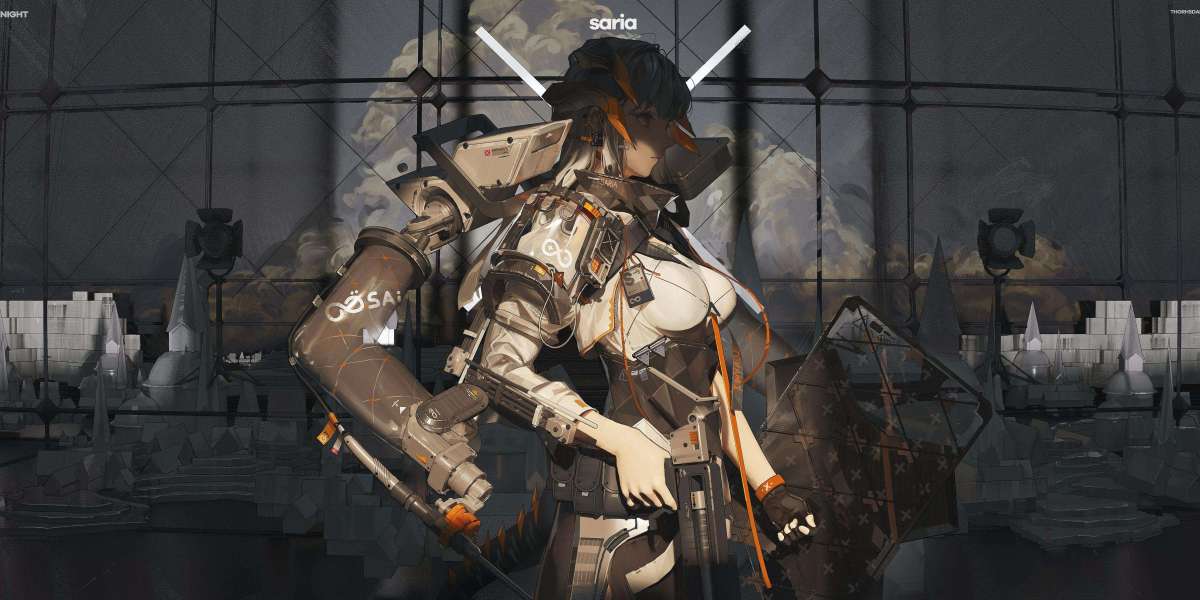The Thermoformed Trays Market has been evolving rapidly to meet the growing need for packaging solutions that extend the shelf life of perishable goods. One of the key innovations that has emerged in recent years is Modified Atmosphere Packaging (MAP), a technology that is playing a crucial role in maintaining the freshness of food products. MAP is an advanced packaging method that alters the atmosphere inside the packaging to slow down the spoilage process, making it ideal for products like fruits, vegetables, meats, and seafood. In this blog, we explore how MAP is influencing the thermoformed trays market, its benefits, and the increasing adoption of this packaging technology.
The Growing Need for Modified Atmosphere Packaging
As consumer demand for fresh, high-quality food products continues to rise, the food industry faces challenges in ensuring that these products stay fresh during transportation and storage. The perishable goods market is heavily reliant on packaging solutions that not only protect the products but also extend their shelf life. Modified Atmosphere Packaging (MAP) addresses this issue by replacing the air inside the packaging with a mixture of gases, typically nitrogen, oxygen, and carbon dioxide. This controlled atmosphere helps to slow the ripening process, reduce the growth of bacteria, and preserve the texture, color, and nutritional value of the product.
For thermoformed trays, MAP is a natural fit due to the versatility and customizability of thermoformed materials. Thermoformed trays are well-suited for MAP applications because they can be molded into various shapes and sizes, providing a perfect fit for different types of perishable goods. Moreover, these trays can be sealed tightly to ensure the integrity of the modified atmosphere, ensuring that the product remains fresh for an extended period.
How Modified Atmosphere Packaging Works
MAP works by manipulating the gases surrounding the product to create an optimal environment that delays spoilage. The primary gases used in MAP include:
Nitrogen (N2): An inert gas that helps displace oxygen and prevent oxidation, which can lead to spoilage.
Carbon Dioxide (CO2): Helps to inhibit the growth of bacteria and mold.
Oxygen (O2): Used in controlled amounts to slow down the respiration rate of some fresh produce.
The process involves packaging the perishable product in a thermoformed tray, then modifying the internal atmosphere with the desired gas mixture. Once the tray is sealed, it protects the product from environmental factors like humidity, light, and oxygen, which can accelerate spoilage. As a result, food products remain fresh for longer, reducing waste and extending shelf life.
Benefits of Modified Atmosphere Packaging
Extended Shelf Life: MAP significantly slows down the deterioration of perishable goods. By controlling the oxygen and carbon dioxide levels, the shelf life of products like fresh fruits, vegetables, and meats can be extended by several days or even weeks.
Reduced Food Waste: By prolonging the freshness of perishable goods, MAP helps reduce food waste at the retail and consumer levels. This is especially important as the food industry continues to battle the growing issue of food waste globally.
Preservation of Nutritional Value: MAP helps retain the nutritional quality of perishable goods by slowing down the degradation process. This is particularly beneficial for fresh produce, which can lose vital nutrients when exposed to oxygen and light.
Improved Product Appearance: By maintaining an optimal atmosphere inside the packaging, MAP helps preserve the color, texture, and overall appearance of the product. This is particularly important in industries like fresh meat, seafood, and fruits, where visual appeal is a key factor in consumer purchase decisions.
Enhanced Safety and Hygiene: MAP can reduce the growth of harmful bacteria and pathogens that can cause foodborne illnesses. This is particularly important for meat and seafood products, which are highly susceptible to contamination.
Adoption of MAP in Thermoformed Trays
The rise of MAP has led to an increased demand for thermoformed trays in the food packaging industry. Thermoformed trays are ideal for MAP applications because they can be molded into the exact shape required for specific products, providing a secure and efficient packaging solution. These trays are available in a variety of materials, including PET (Polyethylene Terephthalate), which is widely used for MAP due to its excellent barrier properties.
Thermoformed trays also allow for easy integration with vacuum sealing and modified atmosphere systems, making them a popular choice for manufacturers seeking to adopt MAP. The ability to create customized packaging solutions with thermoformed trays ensures that products are securely sealed, with minimal air exposure, helping to preserve freshness.
The Role of Technology in MAP for Thermoformed Trays
Advancements in packaging technology have played a significant role in the widespread adoption of MAP. The integration of sensors and smart packaging solutions allows for real-time monitoring of the atmosphere inside the packaging, ensuring that the desired gas levels are maintained throughout the shelf life of the product.
Furthermore, the use of automated packaging systems has made it easier for manufacturers to incorporate MAP into their production lines. Automation helps to streamline the process, increase production efficiency, and reduce human error, all of which contribute to the overall success of MAP in the thermoformed trays market.
Conclusion
The Thermoformed Trays Market is seeing significant growth as Modified Atmosphere Packaging (MAP) becomes increasingly popular in the food packaging sector. The ability of MAP to extend the shelf life of perishable goods, reduce waste, and preserve nutritional value makes it an invaluable tool in the fight against food spoilage. As consumer demand for fresh and high-quality products continues to rise, thermoformed trays combined with MAP technology offer an effective and sustainable solution to meet these needs.








